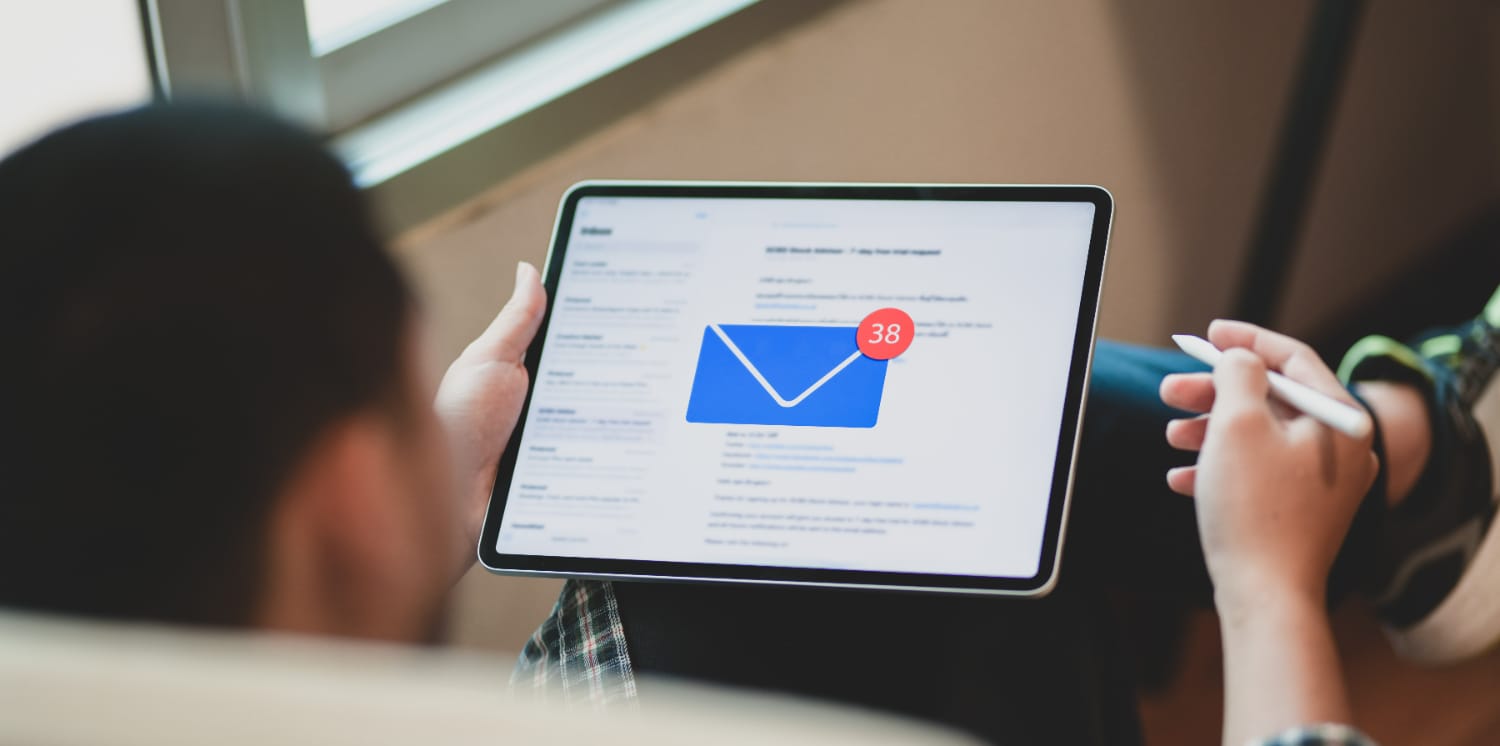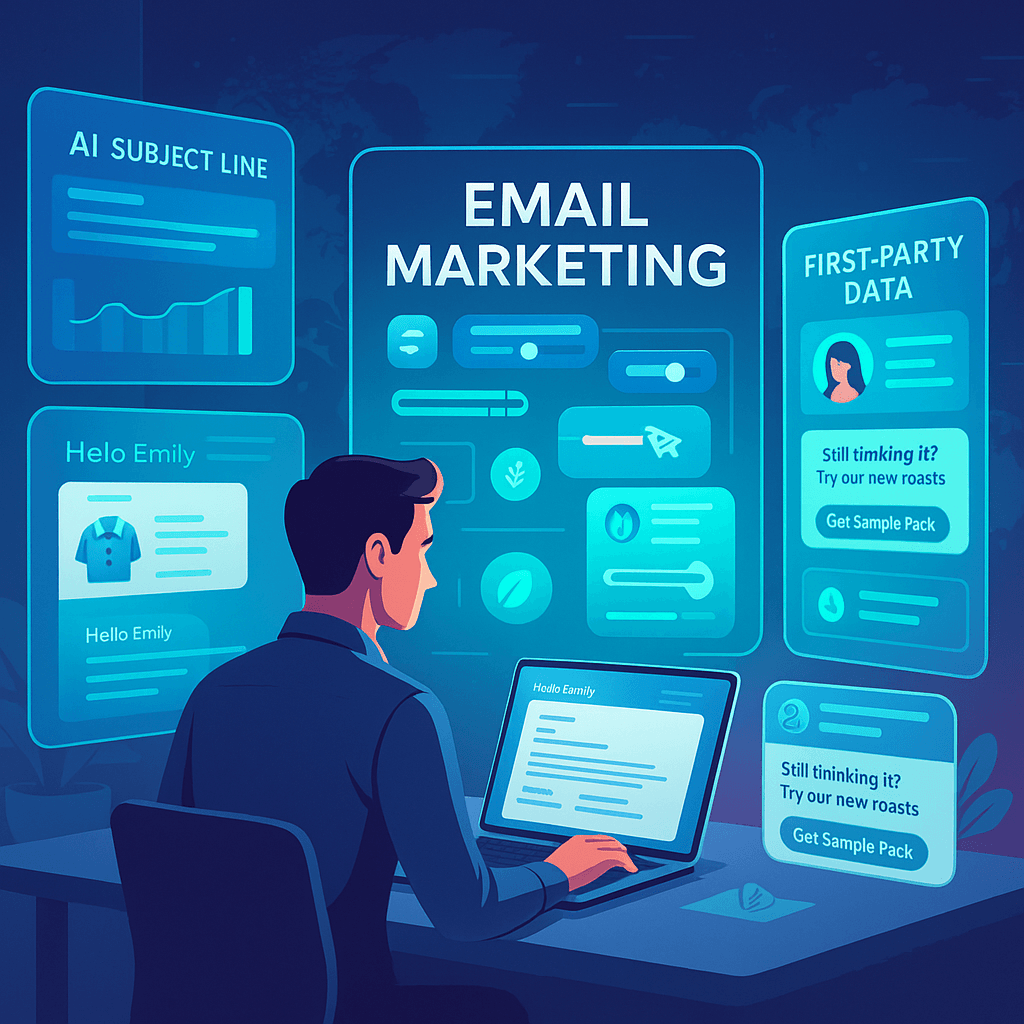In the current digital landscape of marketing email is still one of the most efficient channels of engaging with your customers. But even the most meticulously designed emails don’t have any value if they’re never open or clicked. Average open rates are hovering between 20% and 30% across different sectors, there’s plenty of opportunities for improvement with most emails for marketing.
Understanding the Metrics That Matter
Before we get into strategies for optimization It is crucial to know the metrics we’re using. The open rate is the proportion of people who read the email. Although it’s not perfect (as certain email applications can register an open the user hasn’t been engaged by the contents) It’s still an excellent measure. The click-through rate (CTR) is the measure of the percent of recipients who clicked on one or more hyperlinks inside your email. This measurement provides a deeper understanding on how informative your content really is.
Subject Line Optimization: Your First Impression
The subject line is the way to get the email content you send. It is estimated that you will have about three seconds to grab attention when you’re in the midst of a crowded inbox. Effective subject lines are generally short (around 40-60 words) as well as clear regarding the content, communicate an importance or urgency as well as include personalization whenever it is possible.
Avoid the words that trigger spam, such as “free,” “guarantee,” or any other punctuation you find too sloppy which could send your well written emails directly to the junk mailer. Try the subject line that poses questions, open up the illusion of curiosity, or present clearly defined benefits. As an example “Your March Marketing Report” could be “3 Surprising Trends in Your March Data” or “John, Your Custom Marketing Analysis is Ready.”
Timing and Segmentation: Right Message, Right Person, Right Time
Every piece of content can fail in the absence of date or to the wrong target audience. The segmentation of your list of email subscribers by demographics, buying behavior, engagement records as well as the position within the buyer’s journey could drastically increase relevancy and improve engagement.
Numerous businesses are seeing success through timing-based segmentation. This means that they send out emails at times when recipients are likely to check their email. The results vary by the type of business and target audience. For instance, B2B emails could be most effective on Tuesday and Thursday mornings, and B2C messages could see greater participation during weekends. Utilize your marketing software’s analysis to spot the patterns of your particular audience’s behaviour instead of relying exclusively on industry benchmarks.
Content That Drives Engagement
After your email is open The battle to get focus remains. The importance of mobile optimization cannot be denied and more than 60% of email messages are opened by smartphones. The single column design, the larger fonts and buttons that are touch-friendly are all contributing to improved mobile experience.
The clear, persuasive calls to action are required to be prominently displayed and clearly communicate the exact sequence of events that will occur. Instead of the standard “Click Here” buttons, consider using action-oriented words such as “Reserve My Spot” or “View My Custom Report.” A visual hierarchy helps readers navigate the content you have created, therefore utilize headers as well as strategic white space to ensure your emails are easily readable to busy users.
The addition of personalization to the name can create the possibility of relevance. Recall past purchases, your preferences for content, or any other details about behavior to let recipients know they are aware of their preferences as well as increase the probability of them engaging.
Email Deliverability: Getting Past the Gatekeepers
The most interesting message is not worth much if it is discarded in the spam folder. Cleaning up your list regularly means getting rid of non-engaged customers as well as bounced addresses since the high bounce rate and lack of engagement could damage a sender’s image. Authentication protocols such as SPF, DKIM, and DMARC assist email service providers to verify the authenticity of who you claim to be. This increases the chance that your messages will get to your inbox.
Regularly scheduled sending establishes confidence with recipients as well as the email service provider. Sudden spikes in frequency or volume can create spam filters. Permission-based lists are the foundation of deliverability–never purchase email lists or add contacts without explicit consent.
Leveraging Marketing Automation for Improved Engagement
Marketing automation lets you send complex, behaviour-driven emails to be delivered at precisely the moment the recipients are most likely to interact with the company. New subscribers’ welcome sequences and reminders for abandoned carts Re-engagement programs for subscribers who are not active as well as post-purchase follow-ups following purchases and celebrations for milestones create occasions for targeted, prompt communications that usually result in greater engagement levels than conventional newsletters.
Testing and Optimization: The Continuous Improvement Cycle
A/B testing is an ongoing practice and not just a once-off effort. Try one thing at one time, like subjects, subject lines, sending timings, CTA button colors or the layout of emails, text, the length of content, or an image choice. The small improvements will increase as time passes. An increase of 2% in open rates may seem tiny, but in the context of thousands of emails and a variety of campaigns, these improvements result in huge revenue growth.
Analytics and Iteration
By looking beyond open and click rates allows you to see the whole view. Look at conversion rates for emails to desired action, revenues from email campaigns as well as engagement patterns across all devices, as well as increases and rates of unsubscription. Make use of heat maps as well as click tracking to pinpoint exactly the elements of content that are driving engagement and then adjust the future email campaigns to meet these criteria.
Conclusion
Improved open and click-through rate is a constant process of refinement and attention to detail. The landscape of digital technology and users’ preferences change constantly, requiring marketers to adapt their strategies in line with the changing trends. If you focus on optimizing subject lines as well as strategic segmentation techniques, captivating material, robust delivery practices as well as intelligent automation you are able to continuously improve the engagement of your customers and get greater results from your marketing strategies.
Be aware that in each open rate percentage are real people who make split-second choices on your site’s information. Make sure that your content offers real value to your readers. The metrics are sure to follow. Beginning by adopting some or all strategies. Then, you can measure the outcomes, then continue by building upon your successes. Email marketing is among the best digital channels to be used when implemented with care and a clear understanding.





